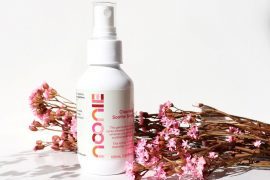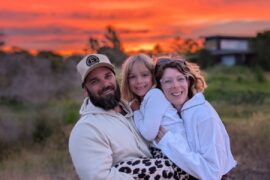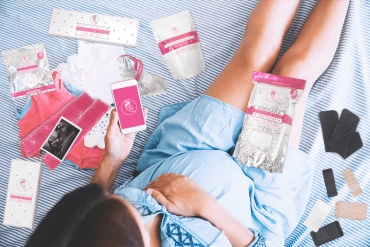By Kate Barnes. The below article is a summary of research on this topic. It doesn’t take into account holes in the ozone layer that may be damaging. This needs to also be a consideration.
The sunshine vitamin.
This powerful chemical is vital for overall good health, growth, strong bones, calcium absorption and immune function. Consequently, two important groups that can strongly benefit from this vitamin more than most, are our elderly friends and family and importantly, our children.
Vitamin D helps prevent:
- osteoporosis
- depression
- some cancers and can affect diabetes and obesity
According to a National study of more than 11,000 adults conducted by Deakin University earlier in the year, “nearly one third of Australian adults are suffering vitamin D deficiency”. Vitamin D deficiency has become increasingly common not only in Australia but across the globe, “Vitamin D insufficiency affects almost 50% of the population worldwide” (National Center for Biotechnology Information,USA, 2012).
Yet is there more to increasing our levels than purely getting more sunshine?
Firstly, here’s how it works: When the skin is exposed to the sun in adequate amounts, our body naturally forms vitamin D from our own cholesterol. As vitamin D is fat-soluble, it requires fat molecules for it to be absorbed efficiently by our cells – another very good reason to be including good fats in our diets. In its active form (i.e, it’s been converted by the body to an active form that can be further utilised), vitamin D is a steroid hormone with some anti-inflammatory properties.
About 90% of our vitamin D is made in the skin with the help of sunshine; it is the only reliable way to generate vitamin D in our bodies. We obtain very little vitamin D from our diet. UVB sunlight converts cholesterol in the skin into vitamin D. The fact we need to expose our bare skin to the sun is confusing as we also need to be wary of avoiding too much sun.
Vitamin D, ‘The Sunshine Vitamin’. A balanced approach to sun exposure is necessary to avoid the risk of skin cancer and yet get an adequate and healthy dose of sunshine and vitamin D.
How much sun do we need though? This will depend on a number of factors, e.g:
- Our geographical location. The further we live from the equator, the longer the exposure we need to the sun to generate enough vitamin D.
- The season.
- Time of day.
- Our age.
- Skin type. People with dark skin pigmentation may need 20 to 30 times as much exposure compared to fair skinned people, to generate the same amount of vitamin D.
As a guide, try to get a few minutes of sun each day, avoiding the hottest times of the day, generally from about 10am-3pm.
Toxicity: It’s very difficult to generate too much vitamin D from sunlight, as our body self-regulates and only generates what we need.
Vitamin D can also be obtained through certain foods, such as fatty fish, fish liver oil, and eggs (note the fat content of these foods…nature knows). Generally though, most foods contain very little vitamin D.











